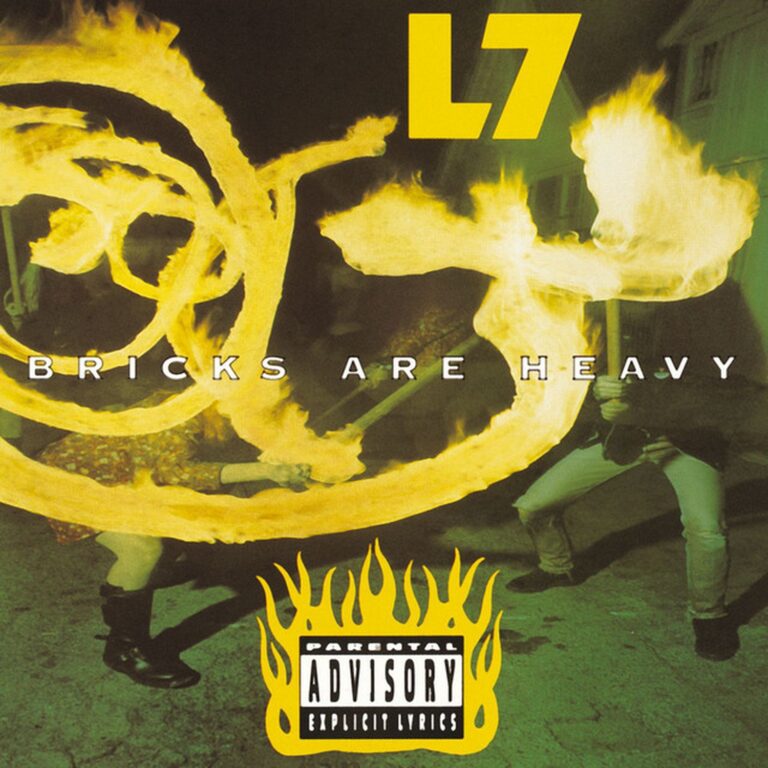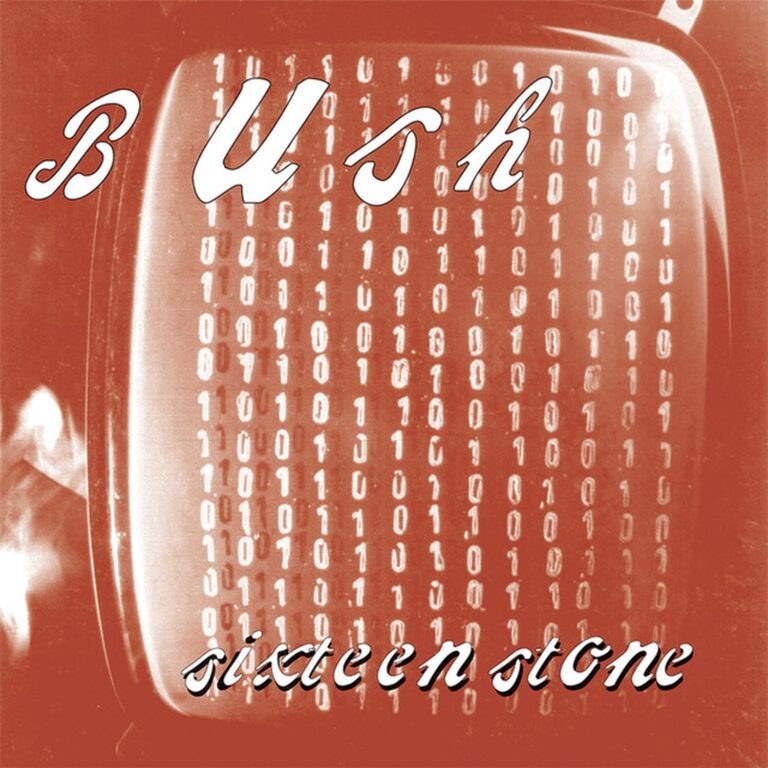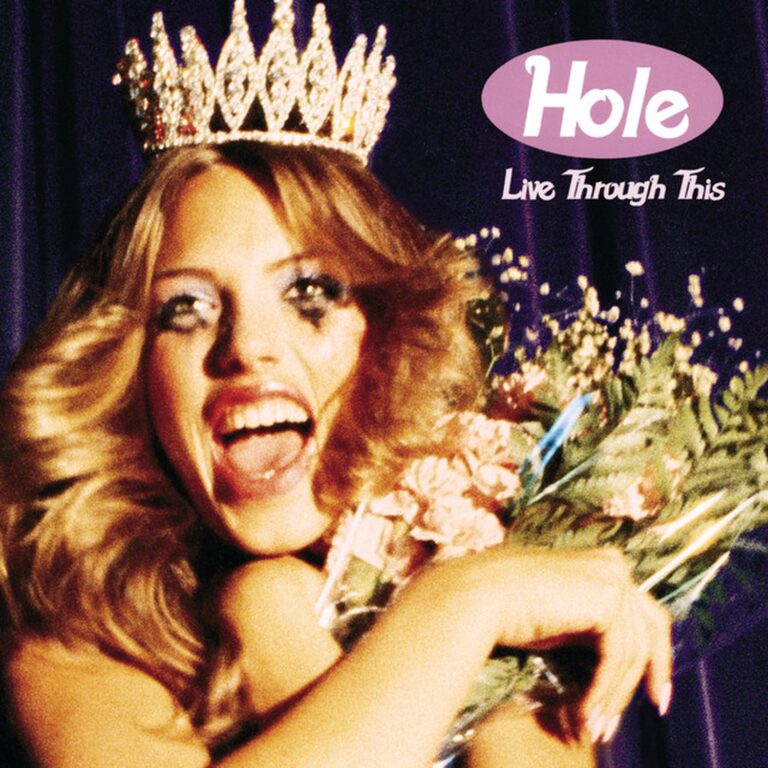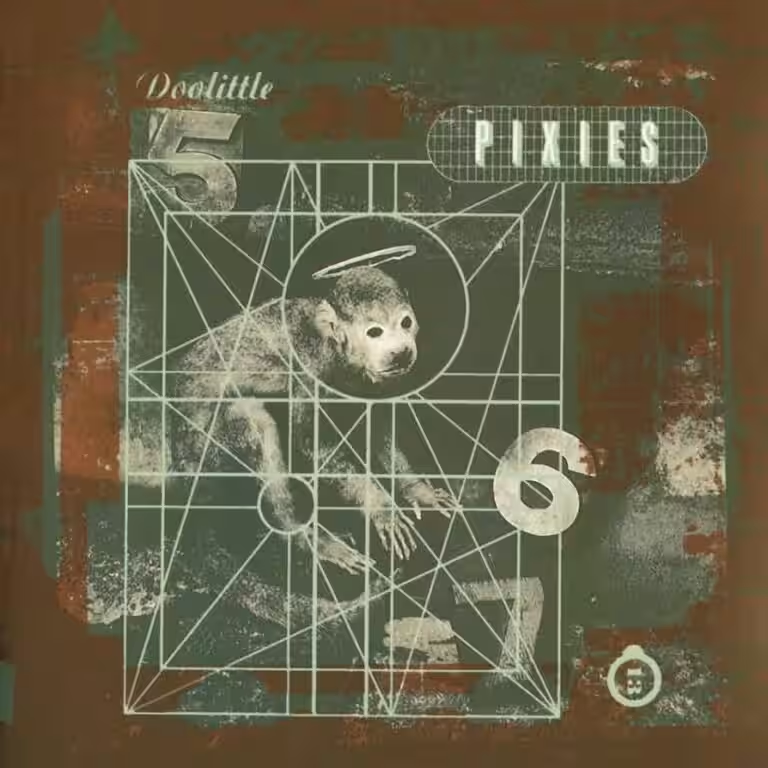
Rage Against the Machine
Rage Against the Machine is a story of political fervour, musical innovation, and cultural impact. This article explores their journey from inception to their ongoing legacy.
Formation and Early Influences
Rage Against the Machine was formed in Los Angeles in 1991, a city rife with social and political unrest. The band emerged from the ashes of various local acts, each member bringing a unique set of influences and backgrounds to the table. Zack de la Rocha, the son of a Mexican-American artist and a German-Irish anthropologist, was previously part of the hardcore punk scene with the band Inside Out. Tom Morello, a Harvard-educated guitarist, had played in Lock Up and was deeply influenced by heavy metal and punk. Drummer Brad Wilk had auditioned for Pearl Jam and had played with Greta, while bassist Tim Commerford, a childhood friend of de la Rocha, completed the lineup.
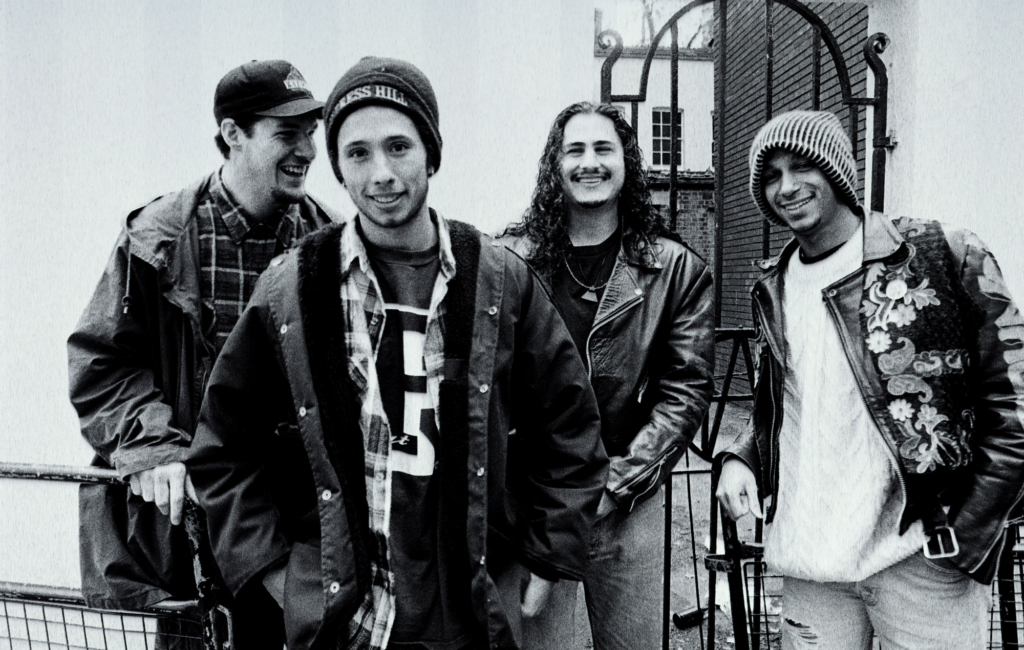
The early 1990s in Los Angeles were marked by significant socio-political events, including the Rodney King riots, which highlighted racial tensions and police brutality. These events profoundly shaped RATM’s lyrical themes and activism. The band’s name itself was inspired by a song de la Rocha had written with Inside Out, symbolising their defiance against systemic oppression.
| Year | Event |
|---|---|
| 1991 | RATM forms in Los Angeles. |
| 1992 | Band releases a 12-song demo. |
The local music scene was vibrant, with grunge dominating the airwaves and hip-hop becoming a powerful cultural force. Bands like Nirvana and Public Enemy were pushing boundaries, both musically and politically. RATM fit into this landscape by combining aggressive guitar riffs with rap vocals, creating a sound that was both fresh and incendiary.
For more on the band’s early days, you can explore this NME article that delves into their roots.
Breakthrough Debut Album and Immediate Impact
Rage Against the Machine released their self-titled debut album on November 3, 1992, under Epic Records. The album was recorded in a Los Angeles studio with producer Garth Richardson, capturing the raw energy of the band’s live performances. The recording process was intense, with the band striving to capture the urgency of their music and message.
The album was a critical and commercial success, eventually achieving triple platinum status in the United States. It peaked at number 45 on the US Billboard 200 and topped the Heatseekers chart. Key tracks like “Killing in the Name” and “Bombtrack” became anthems of rebellion, their incendiary lyrics resonating with a generation disillusioned by authority.
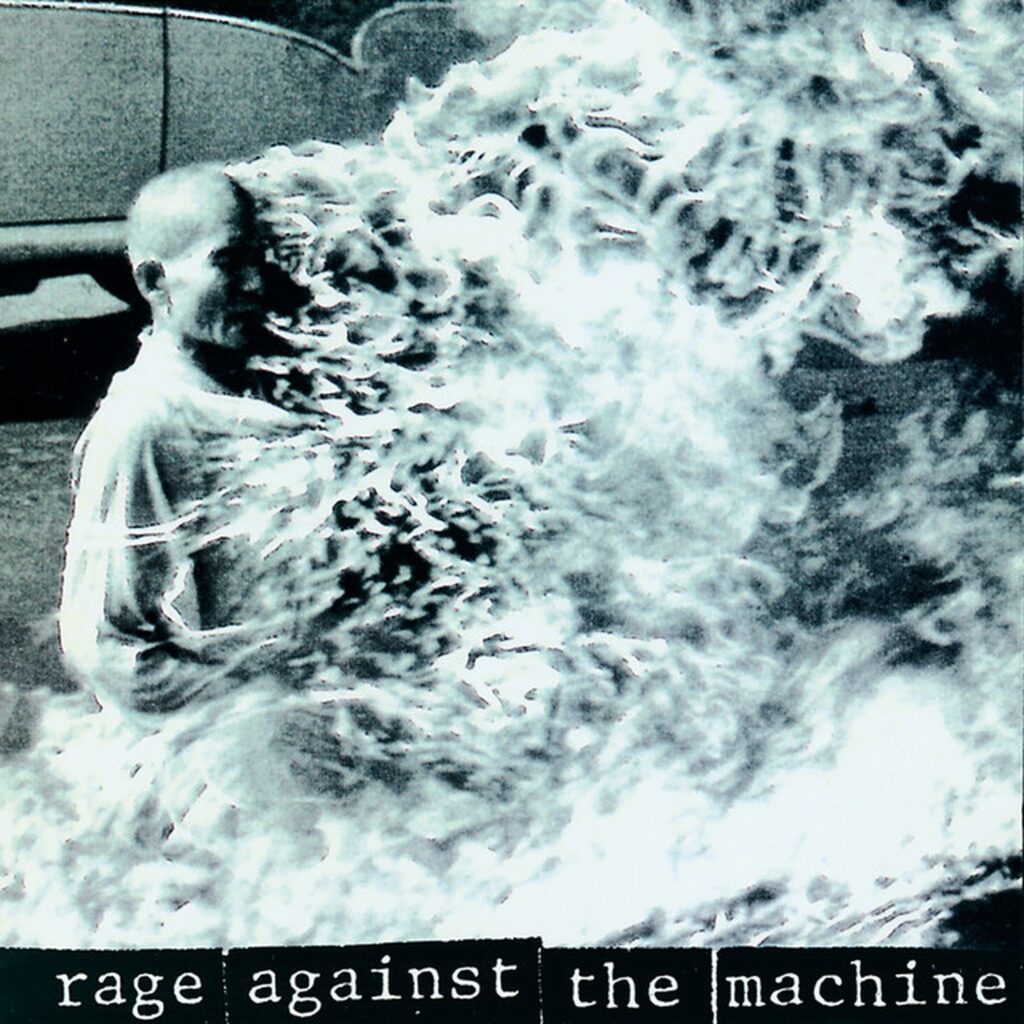
| Country | Chart Position | Sales |
|---|---|---|
| United States | #45 | 3 million |
| United Kingdom | #17 | Platinum |
The fusion of musical styles—rock, rap, and funk—was groundbreaking. Morello’s innovative guitar techniques, combined with de la Rocha’s fervent delivery, set the band apart from their contemporaries. Their political messaging, confronting issues like police brutality and systemic racism, was both confrontational and empowering, drawing stark contrasts to mainstream music of the time.
For further insights into the album’s impact, see this Loudwire article.
The ‘Evil Empire’ and Rising Influence
RATM’s second album, ‘Evil Empire,’ released on April 16, 1996, marked a continuation of their explosive sound and political rhetoric. The title referenced a term used by Ronald Reagan to describe the Soviet Union, reflecting the band’s critique of American imperialism.

Recorded amidst internal tensions, the album was produced by Brendan O’Brien and included tracks like “Bulls on Parade” and “People of the Sun,” which addressed military spending and indigenous rights, respectively. Despite the challenges, ‘Evil Empire’ debuted at number one on the Billboard 200 and went triple platinum, further cementing RATM’s status as a leading voice in politically charged music.
| Tour Date | Location | Attendance |
|---|---|---|
| June 1996 | Los Angeles | 15,000 |
| July 1996 | New York | 20,000 |
The album’s success was bolstered by extensive touring, which brought their incendiary live performances to global audiences. The band’s sound evolved, with each member pushing their musical boundaries, resulting in a tighter, more focused sound. Their live shows were not just concerts but rallies for change, drawing fans from all walks of life.
For a detailed review of ‘Evil Empire,’ check out this Pop Thruster review.
The Battle of Los Angeles
Released on November 2, 1999, ‘The Battle of Los Angeles’ continued RATM’s trajectory of blending fierce musicality with potent political messages. The album was produced by Brendan O’Brien and featured hits like “Guerrilla Radio” and “Sleep Now in the Fire,” which critiqued media manipulation and economic disparity.
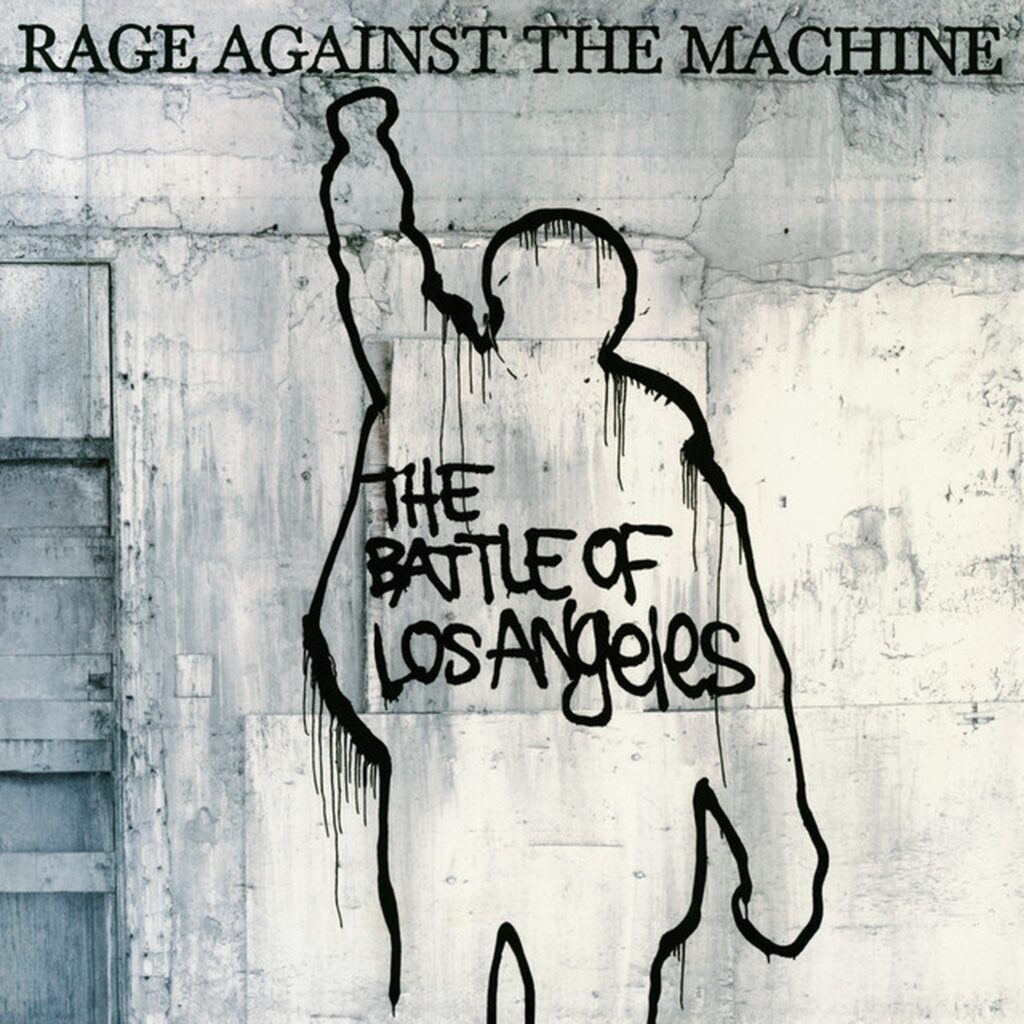
The album received widespread critical acclaim, earning Grammy nominations and topping the Billboard 200. It was praised for its cohesive sound and sharp lyricism, solidifying RATM’s place as a critical voice in music. The album’s themes were deeply tied to the socio-political landscape of the late 1990s, reflecting issues that remain relevant today.
| Album | Release Year | Top Chart Position | Key Producer |
|---|---|---|---|
| Rage Against the Machine | 1992 | #45 | Garth Richardson |
| Evil Empire | 1996 | #1 | Brendan O’Brien |
| The Battle of Los Angeles | 1999 | #1 | Brendan O’Brien |
The band faced criticism from some quarters for their commercial success, with detractors questioning their authenticity. However, RATM remained committed to their ideals, using their platform to highlight injustices and advocate for change.
Renegades and the First Breakup
‘Renegades,’ released on December 5, 2000, was a covers album that showcased RATM’s ability to reinterpret and inject new life into songs by artists such as Bob Dylan and Devo. The album was produced by Rick Rubin and featured a diverse range of tracks, each chosen for its political resonance.
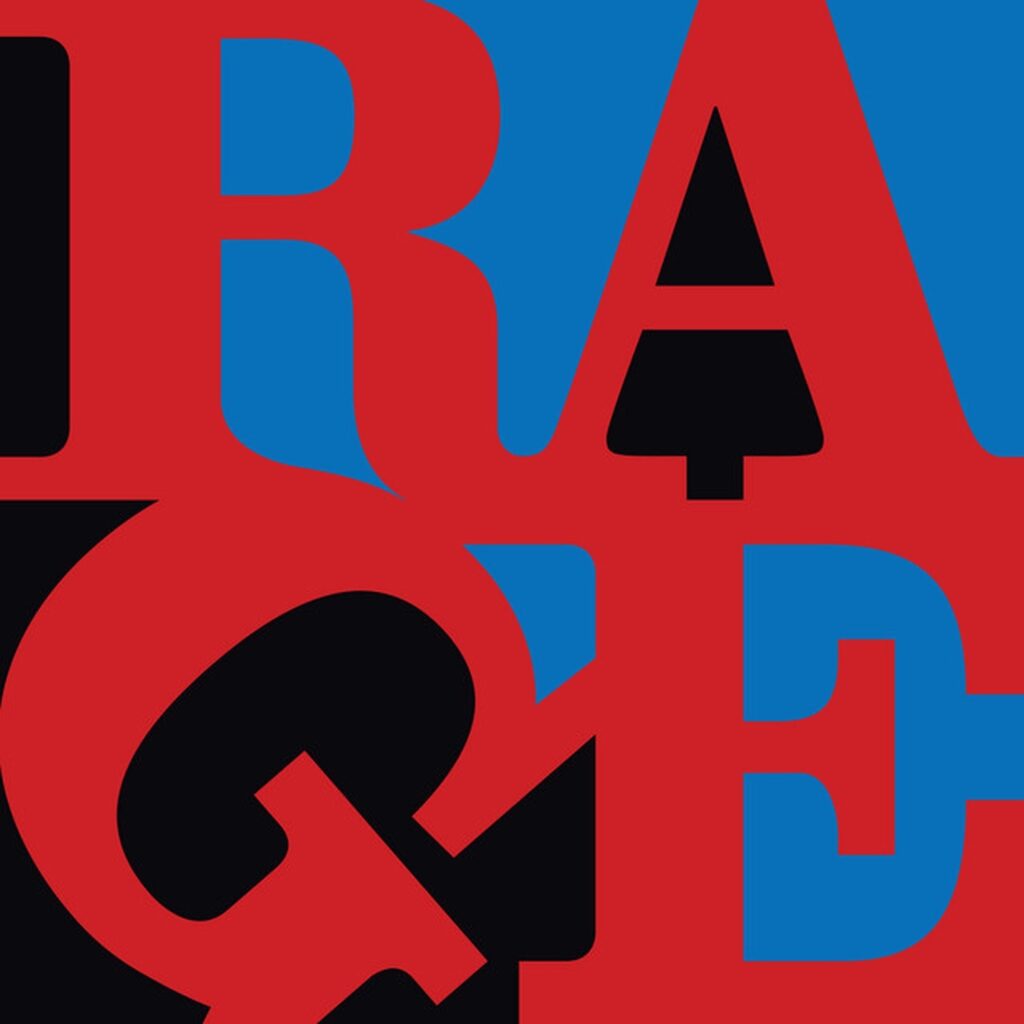
While ‘Renegades’ was well-received, tensions within the band reached a breaking point. Creative differences and personal conflicts led to Zack de la Rocha announcing his departure, effectively ending the band’s first chapter. The breakup was a significant blow to fans and marked the end of an era in music.
| Album | Release Year | Sales |
|---|---|---|
| Renegades | 2000 | Platinum |
| The Battle of Los Angeles | 1999 | 2 million |
The band’s split had a profound impact on their fan base and the broader music landscape. Their absence left a void in the world of politically charged rock, and their influence continued to be felt across genres.
Band Members’ Projects and Post-Rage Timeline
Following the breakup, each member of RATM pursued their own musical and personal projects. Tom Morello, Tim Commerford, and Brad Wilk joined forces with Chris Cornell to form Audioslave, a supergroup that enjoyed commercial success with hits like “Cochise” and “Like a Stone.” Audioslave released three albums before disbanding in 2007.
Zack de la Rocha embarked on a solo career, collaborating with artists such as DJ Shadow and Nine Inch Nails. Though his solo album remains unreleased, his work continues to reflect his activist spirit.
| Member | Project | Notable Work |
|---|---|---|
| Tom Morello | Audioslave | “Cochise” |
| Zack de la Rocha | Solo | Collaboration with DJ Shadow |
Beyond music, the band members engaged in various philanthropic and political initiatives. Morello, for instance, became involved in numerous activist causes, leveraging his platform to advocate for social justice.
Explore the timeline of their projects in this Wikipedia article.
Reunions, Live Performances, and Second Hiatus
RATM reunited in 2007, headlining the Coachella Valley Music and Arts Festival. This marked the beginning of a series of reunion performances that spanned several years, including appearances at Lollapalooza and the Reading Festival. Their live shows continued to draw massive crowds, testament to their enduring appeal.
Their 2020 reunion tour was highly anticipated but was postponed due to the COVID-19 pandemic. When they finally took to the stage again, they delivered performances that were as politically charged and energetic as ever, with setlists featuring fan favourites and poignant political statements.
| Year | Event | Attendance |
|---|---|---|
| 2007 | Coachella | 60,000 |
| 2022 | Madison Square Garden | 20,000 |
The band announced a hiatus in 2023, with members focusing on individual projects. Their legacy, however, continues to inspire new generations of musicians and activists.
For a comprehensive overview of their reunion tours, visit this Wikiwand article.
Cultural Impact, Controversies, and Debates
RATM’s influence extends beyond music; they have become a symbol of resistance and activism. Their songs have been used in various protest movements, and their message continues to resonate in times of political turmoil. However, their journey has not been without controversy.
Critics have accused the band of hypocrisy, pointing to their success within the capitalist system they critique. Despite this, RATM have consistently used their platform to support causes aligned with their beliefs, including donating proceeds from tours to charity.
| Controversy | Description |
|---|---|
| Capitalism Critique | Accusations of hypocrisy due to commercial success. |
| PMRC Protest | Nude protest at Lollapalooza against censorship. |
Their cultural impact is significant, influencing not just music but also the discourse around social justice and activism. They have inspired countless artists and continue to be a touchstone for those seeking to combine music with a message.
For scholarly insights into their role in political activism, check out this Michigan Publishing article.
Notable Live Moments and Collaborations
RATM’s live performances are legendary, often described as electrifying and transformative. One of their most iconic moments was their protest at the 1993 Lollapalooza festival, where they took the stage naked with tape over their mouths to protest censorship.
The band has also collaborated with various artists, blending their sound with others to create unique musical experiences. Their collaborations have included performances with Public Enemy and Cypress Hill, expanding their reach and influence.
| Event | Details |
|---|---|
| Lollapalooza 1993 | Nude protest against censorship. |
| Coachella 2007 | Reunion performance. |
The synergy between RATM’s performance style and the reaction of live audiences is a testament to their ability to connect with listeners on a visceral level. Each notable live event has contributed to their evolving reputation as a band that stands for more than just music.
The Ongoing Legacy and Future Prospects
Rage Against the Machine’s legacy is profound, influencing not only rock and hip-hop but also the broader landscape of protest music. Their fusion of genres and unwavering political stance have inspired countless artists and movements. As the world continues to grapple with issues of injustice and inequality, RATM’s music remains as relevant as ever.
While the future of the band remains uncertain, their impact is undeniable. They have amassed numerous accolades and public recognitions, cementing their place in music history. Whether or not they release new material, their influence will continue to be felt for years to come.
| Accolade | Description |
|---|---|
| Rock & Roll Hall of Fame | Inducted in 2023. |
| Grammy Awards | Multiple nominations and wins. |
For a modern analysis of their contribution to political discourse, see this Dig! article.
In conclusion, Rage Against the Machine stands as a beacon of defiance and activism, using their music as a platform for change. Their legacy will continue to inspire and provoke thought, ensuring they remain a vital part of the cultural conversation.
